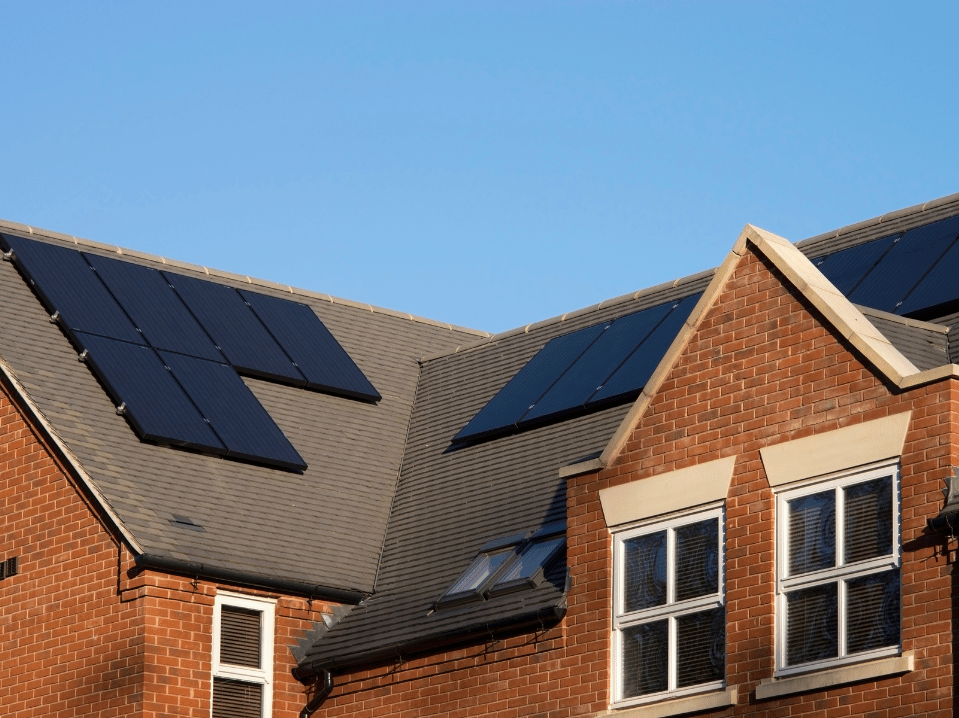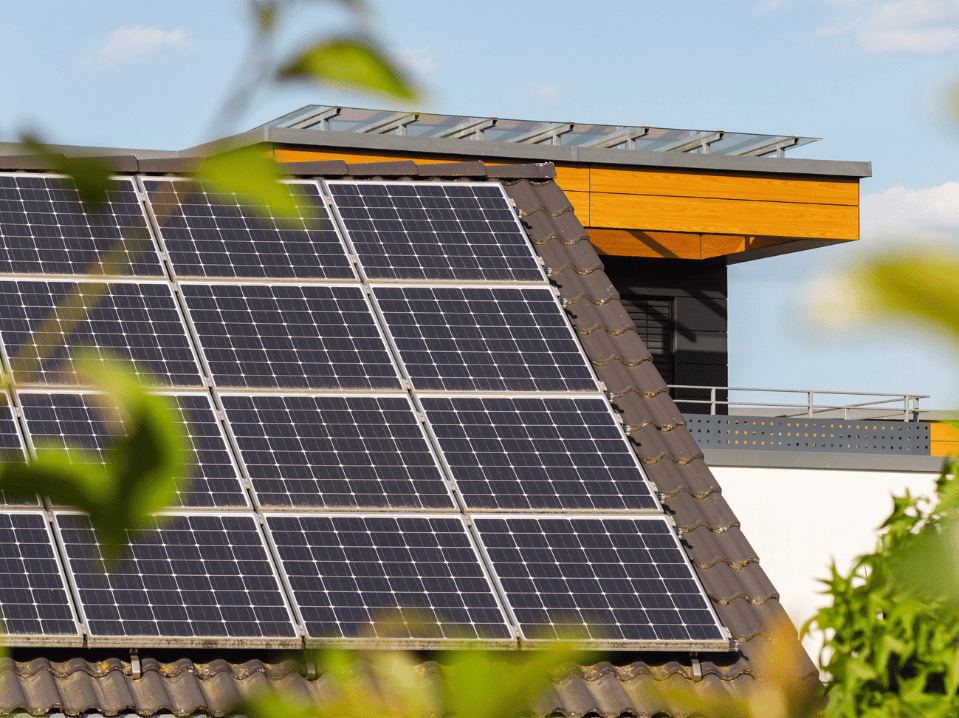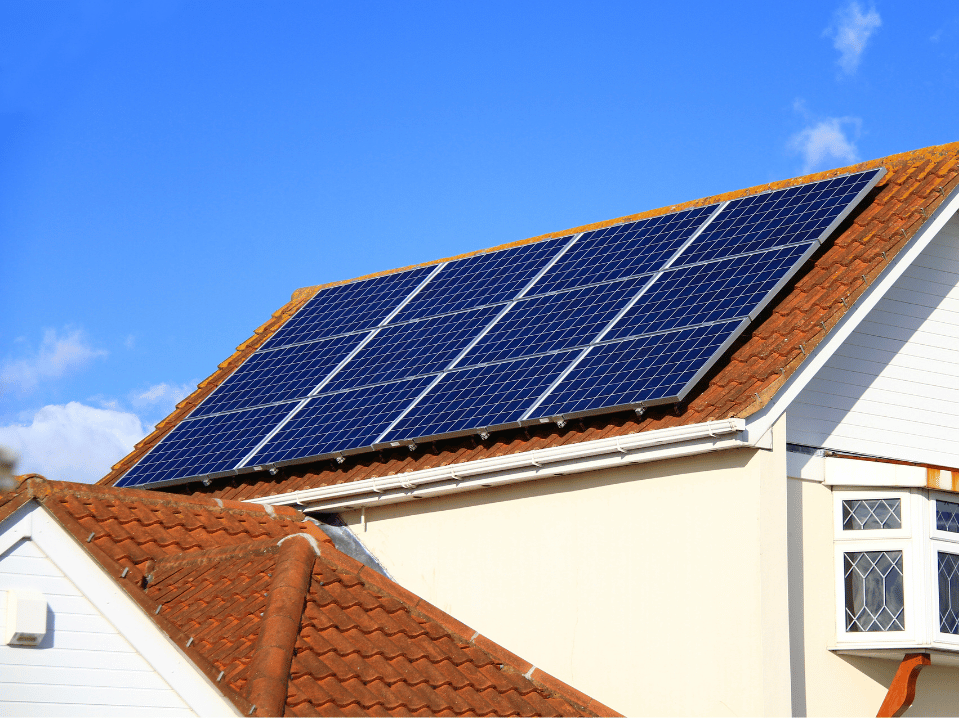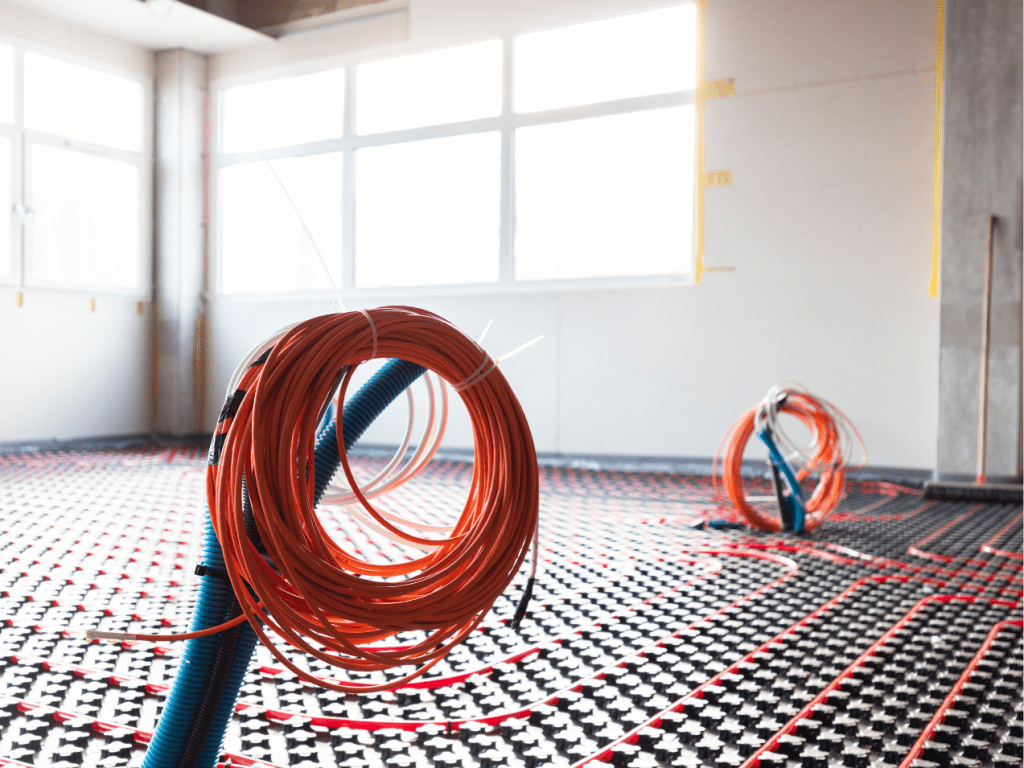Underfloor heating is an efficient and comfortable way to heat a home, but it can consume a significant amount of electricity. If you are considering using solar panels to power your underfloor heating system, you may be wondering how many you will need.
The answer depends on several factors, including the energy consumption of your heating system, your daily usage, and the efficiency of solar panels in your location. This guide will break down these factors and help you determine how many solar panels are required to run your underfloor heating system effectively.
Understanding the Energy Consumption of Underfloor Heating
Underfloor heating systems typically use between 100 and 200 watts per square metre (W/m²), depending on:
- The type of system (electric or water-based)
- The level of insulation in the home
- The external temperature and required indoor comfort levels
For example, if you have a 50m² room with underfloor heating consuming 150 W/m², the total energy consumption would be:
50m² × 150 W/m² = 7,500 W (7.5 kW) per hour
If you run your underfloor heating for six hours per day, your daily energy requirement would be:
7.5 kW × 6 hours = 45 kWh per day

How Much Electricity Do Solar Panels Generate?

The energy production of solar panels varies based on factors such as efficiency, panel size, and geographical location. A 400 W solar panel typically generates around 1.2 to 1.5 kWh per day in the UK, depending on weather conditions and sunlight hours.
To estimate how many solar panels are required, divide the daily energy consumption of your underfloor heating by the amount of electricity each panel produces.
How Many Solar Panels Are Required?
Using the previous example of a 50m² room requiring 45 kWh per day, and assuming each panel produces 1.5 kWh per day:
45 kWh ÷ 1.5 kWh per panel = 30 solar panels
This means that, in theory, 30 solar panels would be needed to run underfloor heating solely on solar power. However, this is a best-case scenario, assuming maximum efficiency and optimal sunlight conditions.
Key Considerations

1. Battery Storage
Underfloor heating is often required in the evening or early morning when solar panels are not generating electricity. To use solar energy outside of daylight hours, a battery storage system is necessary. Without battery storage, a grid connection would be required for continuous operation.
2. Heat Pumps for Efficiency
If you are using electric underfloor heating, pairing it with a heat pump (air source or ground source) can significantly reduce electricity consumption. Heat pumps operate with a coefficient of performance (COP) of around 3 to 4, meaning they provide three to four times more heat energy than the electricity they consume. This would reduce the number of solar panels required.
3. Seasonal Variations
Solar panel output fluctuates throughout the year. In winter, when underfloor heating demand is highest, solar generation is at its lowest. This means a system that works well in summer may be insufficient in colder months. A hybrid system, where solar panels offset a portion of the electricity used, is often more practical.
4. Insulation and Heat Retention
A well-insulated home reduces heating demand. Investing in better insulation and thermal mass can decrease the energy needed to maintain indoor temperatures, reducing the number of solar panels required.
Is Solar-Powered Underfloor Heating Practical?
While it is possible to power underfloor heating solely with solar energy, it would require a large number of panels, particularly during the winter months. In most cases, a hybrid approach that combines solar panels with grid electricity or battery storage is the most practical and cost-effective solution.
To make solar-powered underfloor heating viable, consider:
- Accurately calculating your energy requirements
- Assessing your home’s solar generation potential
- Using battery storage or a heat pump to improve efficiency
For those looking to reduce their reliance on grid electricity, solar panels can significantly offset energy costs and contribute to a more sustainable home heating system.
Would you like a personalised estimate based on your home’s size, heating requirements, and location? Consulting with a solar energy specialist can help determine the most efficient system for your needs.

Final Thoughts
Switching to solar power for underfloor heating can be a great way to reduce energy bills and carbon emissions. However, due to the high energy demand of electric underfloor heating, it is often more practical to use a combination of solar energy, battery storage, and heat pumps.
For those committed to renewable energy, a well-planned solar system can provide significant savings and long-term benefits. If you are considering installing solar panels for underfloor heating, it is essential to evaluate your energy needs, seasonal solar production, and potential efficiency improvements to get the best results.